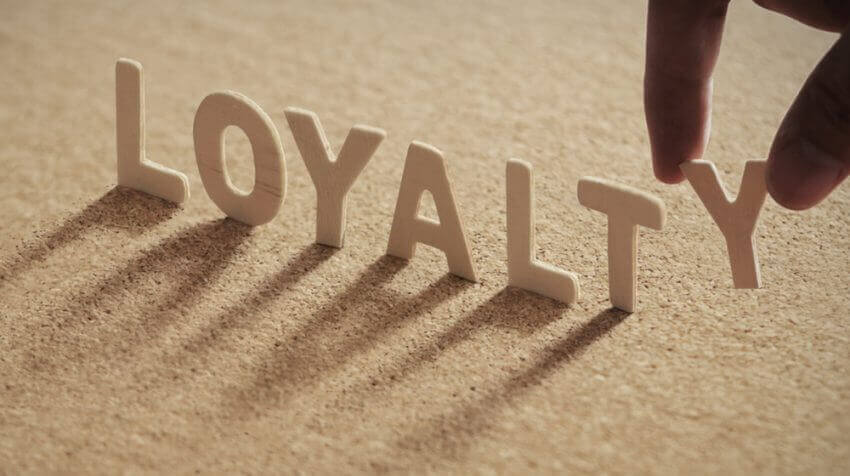
Hotel loyalty programs can be so much more than points and an occasional free room to VIPs. But even that requires forethought.
NB: This is an article from Cendyn
To start, you have to think about the loyalty ecosystem from an architectural standpoint before you even start building the tech to enable it.
To create truly powerful loyalty programs, hotels need to map it out. Whether you’re thinking about deploying a new loyalty program or revamping the one you’ve got, here are the most important categories to consider.
1. Input & output
The best loyalty programs are built on “stretchy IT architecture” that can easily flex to bring in new loyalty data about a guest, in different combinations, and push out that information, across other hotel systems for a personalized experience in every interaction they have with your brand. You’ll also want the IT infrastructure to be flexible for future growth to integrate with 3rd party loyalty components you might bring on at a later date.
To start mapping this, think through all of the information about your loyalty members you want considered, such as purchases, preferences, years of loyalty, and levels of data security. Then, identify where you want that member to have a more personalized experience based on this, such as check-in, the restaurant or bar, in-room, when they visit your Web site, book a room or email/push communications. Ask, what level of personalization will that entail, or will the loyalty guest experience be based strictly on status for example?
2. Personalization across the guest journey
As mentioned above, strategize where you want a loyalty member to have a personalized experience based on their status and other categories. Map out a loyalty member’s guest journey across the lifecycle, lull periods and repeat hotel stays. Where will their points and awards, recognition and redemptions apply?
Ideally, the loyalty program links to an integrated hotel CRM that centralizes loyalty membership data as one of many elements about a guest, connecting it to other key areas like guest satisfaction, customer service, marketing and more. This lets hotel staff in all departments have a true picture of the guest, so they can tailor their service and hospitality accordingly.
Think about it. If you have a Diamond tier member who’s stayed over 100 times at your hotel and spent over $50,000 with your brand, wouldn’t you want the front desk to know that when she checks in or calls the operator for a special request or to complain about a room problem?
3. Loyalty tiers
Loyal guests who truly love your hotel brand enjoy the “leveling up” process – and of course additional perks and VIP treatment – that a multi-tiered program offers.
Map out how many levels you’ll have in your loyalty platform. Will it simply be “valued member” and “Platinum” or possibly 3-4 succession ranks your guests can achieve.
Think through the rules of engagement, like tier upgrade and renewal rules for short- and long-term stays, expiration date and inactivity protocols. You’ll also need to clearly map out the point path to status changes and the length of time in which a guest has in order to acquire the points to keep that status and move up in rank.
4. What counts as loyalty?
Next, what counts as points to increase a guest’s loyalty score? Will it be strictly based on room bookings, or a combination of things like frequency & recency, referrals, or even social media mentions praising your hotel? Will you give points for food and beverage purchases or spa bookings? Will award stays count toward status and earn points? Will you partner with credit card companies and other third-party vendors for guests to earn loyalty points for spends toward status and other perks? Even if you’re basing your program strictly on room stays, there could be variances as to when and how many points are earned based on longer stays, for example, market code or room type. As hotels continue to re-think what defines a loyal guest, this area in particular deserves your time and attention on the upstart.




